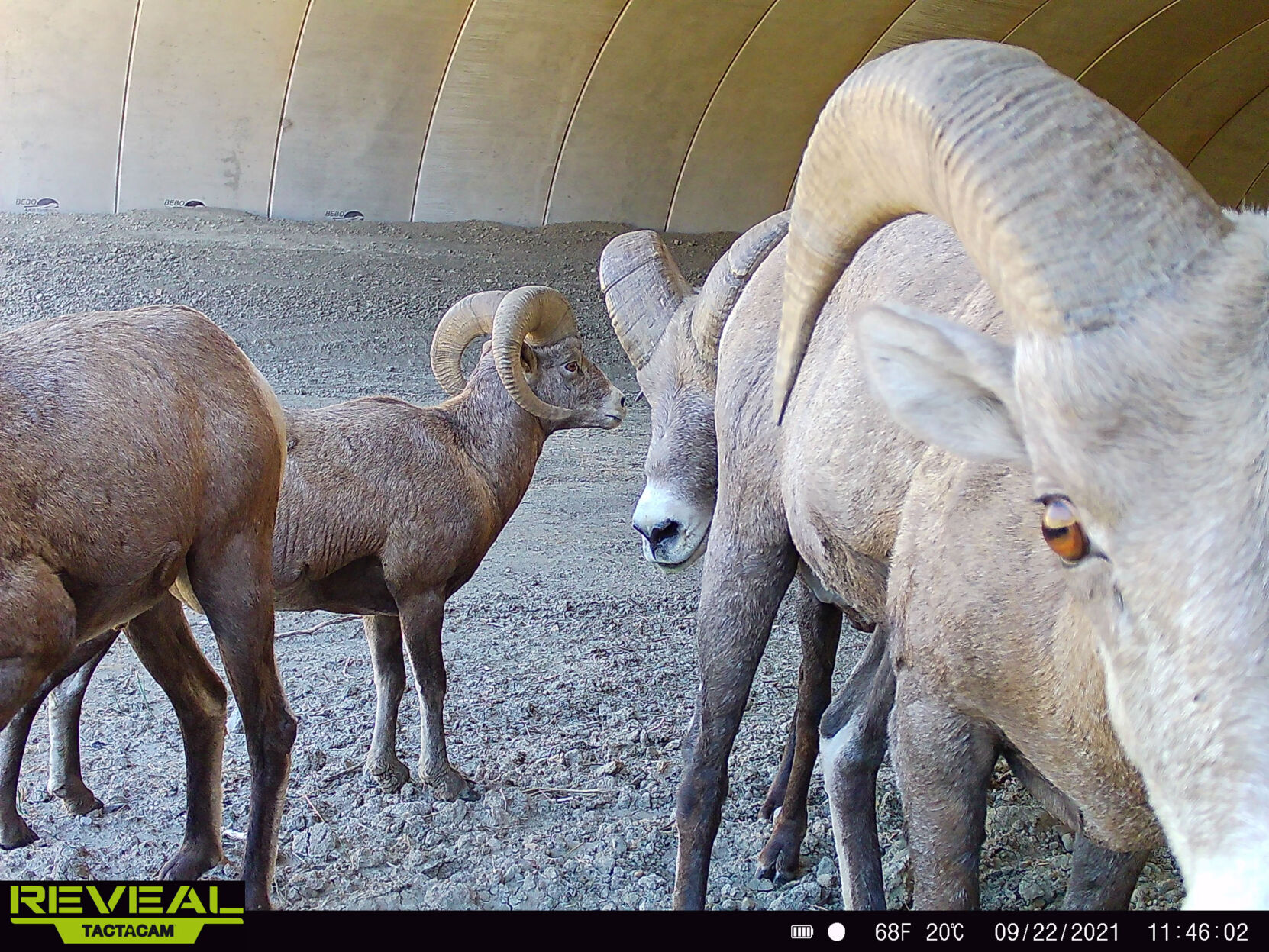Whilst a lifelong North Dakota hunter, angler, former recreation warden and veteran (outdated) biologist, there are many occasions when my colleagues and company make me smile and assume “WOW, now that’s cool.”
Take as an example just a few years again when North Dakota’s first massive recreation crossings had been perceived, designed and carried out.
Positive, we’re all accustomed to the age-old “deer crossing” indicators warning of conventional areas the place historical past has proven a sample of deer-vehicle collisions. Creating an consciousness for the potential is a large step in lowering property injury to automobiles and potential damage and even loss of life.
I’m positive you’ve all heard the lighthearted joke. How do the deer know they’re presupposed to cross there? Humorous however true.
Within the Badlands of western North Dakota, with the mix of high-volume visitors, rugged terrain and even greater massive recreation reminiscent of moose and restricted populations of bighorn sheep, the wildlife crossings primarily went from the equal of a warning signal to a bypass.
You’ve seen truck bypasses to cut back visitors via city areas? Consider wildlife crossings in an identical means, however not like people who’re redirected, the wildlife have to be guided with one thing apart from a easy signal.
“The variety of animals which have efficiently gone via the crossings up to now could be very encouraging, and we understand that we’re in all probability going to see a good larger variety of animals use them sooner or later,” stated Bruce Kreft, North Dakota Recreation and Fish Division useful resource biologist. “Because the Recreation and Fish Division, we wish to defend the animals, assist fulfill their life cycles and permit them protected passage. And from a motoring public standpoint, these protected crossings translate to the potential for a whole lot of fewer wildlife-vehicle collisions.”
North Dakota’s first wildlife underpass was constructed on U.S. Freeway 85 on the Lewis and Clark Wildlife Administration Space close to Williston, using design standards for moose. The second crossing, additionally on Freeway 85 south of the Lengthy X Bridge close to the North Unit of Theodore Roosevelt Nationwide Park, was accomplished just a few years later in 2021 to accommodate bighorn sheep actions, in addition to the comings and goings of mule deer and different animals.
To watch wildlife motion on the websites, Kreft stated, path cameras had been put in on either side of the crossings. Whereas cameras recognized profitable navigation via the buildings, additionally they recognized “deflections,” or animals that merely approached the crossings however didn’t absolutely commit.
Some findings from the Lengthy X crossing:
This crossing skilled 386 and 989 mule deer approaching the crossing in 2021 and 2022 with a profitable crossing charge of 91% and 93%, respectively.
The crossing was monitored just for 143 days in 2021, leading to fewer animals approaching in comparison with 2022, however had related animals crossing per day of monitoring.
Bighorn sheep actions resulted in 58 and 171 animals approaching the construction in 2021 and 2022, with profitable crossing charges of 81% and 89%, respectfully.
Each mule deer and bighorn sheep skilled a rise in crossing success from 2021 to 2022. This probably is contributed to behavioral studying and hopefully the beginning of generational studying of fawns and lambs.
“Loads of occasions with a brand new construction there’s generational studying that has to happen, that this construction is there for them and it’s a protected passageway for them to get to the opposite aspect,” Kreft stated. “Usually, it takes about three to 4 years to essentially see the complete diploma of crossing for these animals. The ewes have to show their lambs and the does have to show their fawns that it’s a protected strategy to get to the opposite aspect for breeding functions, feeding functions, for no matter.”
It’s a type of initiatives I feel we will all say, “nicely achieved.”
